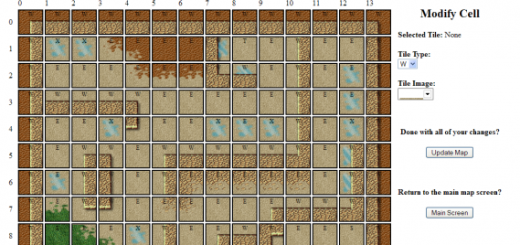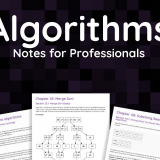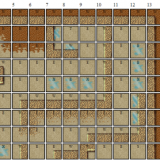Game Finances: Amortization
What Is Amortization?
This is an accounting term for taking multiple payments over time or spreading a single payment out over a period of time.
Example 1: Taking Multiple Payments
One way you can use amortization to your benefit is to take multiple payments for something. So let’s say you have a yearly upgrade that costs $50. Amortization in this instance means you allow the player to break that payment down into multiple payments. For instance, they might make two payments instead of a single one; $25 for the first 6 months of the upgrade and then another $25 for the last 6 months. With amortization you can brake a payment down into as many smaller payment as you’d like. So instead of taking 2 payments you might decide to take 5 or 6 or 30 — however it best suits your player base and brings you good business. Generally speaking, most people tend to break payments down into no more than 12 just because it makes the accounting practices easier if you have one payment a month. If you broke this $50 upgrade into 12 payments then your players could become an upgraded member for only $4.20 a month.
Why Is Example 1 So Helpful?
Many people are more willing to make smaller payments. This means that even if you don’t get a full year’s upgrade from one member you’re still bringing in income. It also encourages people to try out your upgrade system with a much smaller risk to themselves. If they don’t like the upgrade they’ve only spent half or much less than half the money than if they’d paid for a full year. It also gives them the ability to come and go on their upgrade much more readily than if they had to pay the larger sum each year. They can buy one month and not the other, then come back for the month following that allowing them more flexibility to purchase and keep their upgrade.
What’s The Downside of Example 1?
You may not be bringing in as much money as you like. Because the payments are smaller you also have more online processing fees that are applied, however some payment services will allow you register as a micro-transaction account and will take lower fees since you will be bringing in a higher volume of payments. While payments are likely to happen more frequently they will only be in smaller amounts which may make it seem like your bank account is always struggling to stay at a more comfortable level when you have slower times.
Example 2: Taking One Payment and Spreading It Over a Period of Time
This other example is one that many of you may not know about. It applies the same kind of idea except you only take one payment and you only apply a portion of that payment to your income over a duration. For example, let’s say you got your $50 upgrade and we go back to our 2 payments example. Instead of thinking of that $50 as one payment you apply $25 to this month and then 6 months later you apply the other $25. You may still have the full amount of $50 but you’re not considering it income until a period of time has passed. This idea works best when you break a payment down into bi-annually, quarterly or monthly time periods. So in our second 12 month example, instead of getting $50 for this one payment you apply $4.20 from this payment across every month.
Why Is Example 2 So Helpful?
This is really the icing on the cake and most people don’t realize it! When you take in the one payment and spread it out amongst a period of time it gives you more solid, steady income. Instead of getting $50 one month, and nothing for the next 12 months, you now have a steady stream of income coming in all year long. Generally speaking, with games the upgrade tend to have highs and lows, where people are upgrading a lot and then not upgrading at all. You may get $4,000 in upgrades one month and then nothing or very little for the next two. With this kind of amortization that $4,000 is spread over the rest of the time period. So in our 12 month example you would be bringing in $334 a month instead of $4,000 in one lump sum. This also helps you keep a steady income for the entire year instead of getting less reliable income over the duration of the year, even if the overall total for whatever time period you’re shooting for is lower than what you bring in for a month. It’s great for budgeting and paying your bills and helping you keep your game open even in slower months.
What’s The Downside of Example 1?
This example takes discipline!! It’s a much different way of thinking about the income you’re bringing in because the balance in your bank account may reflect one thing while your calculations reflect another. It is very tempting to just look at your total balance and think I have $4,000 rather than I only have $334 to spend this month. It also requires some math to keep track of how much money you are amortizing over time whereas Example 1 is easier to keep track of because you immediately account for the money from each payment you get.
What do you think about amortization? Do or have you used it? Which type of amortization do you prefer?
I would love to hear your thoughts, comments, questions and experiences!













